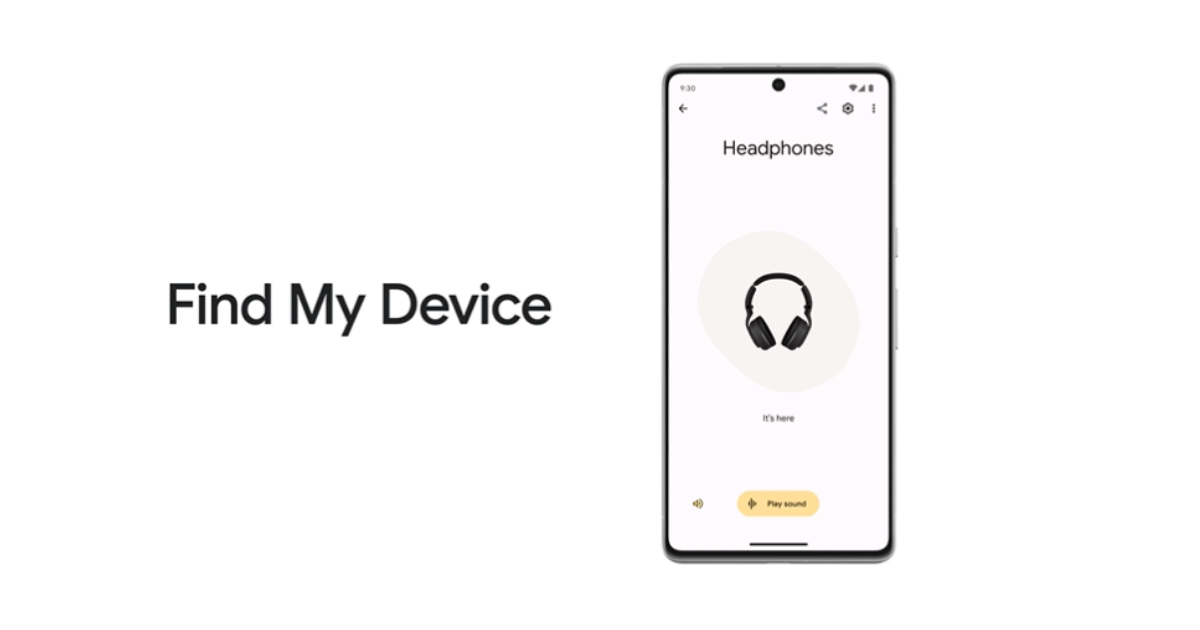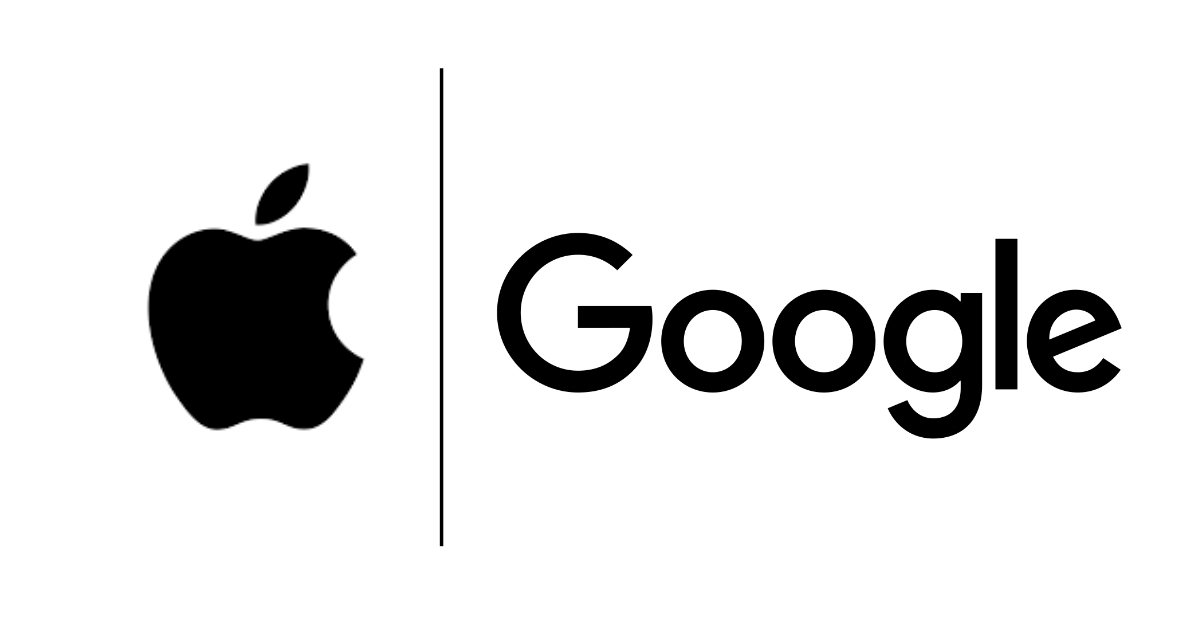Exciting announcements were made at Google’s I/O 2023 event, including plans to utilize over 1 billion Android devices to help users find lost items through the Find My Device (FMD) network. Initially set for a summer launch, Google is now postponing it due to concerns regarding Unknown Tracker Alerts that warn users of potential location monitoring through maliciously placed tags.

Google delays Find My Device network, awaits Apple’s implementation
The primary reason for the delay lies in Google’s commitment to ensuring the safety and privacy of its users. Unknown Tracker Alerts, a key feature of the Find My Device network, are designed to automatically notify users if someone is secretly monitoring their location using unauthorized tags. While Android devices will support this security feature for all Bluetooth tags compatible with the FMD network, Apple’s iPhone currently lacks similar detection capabilities.
![]()
In May, Google and Apple jointly announced plans for an industry-wide unwanted tracker alert specification. Bluetooth trackers adhering to this standard would be discoverable by both Android and iOS devices, fostering cross-platform compatibility. Both tech giants have pledged to add support once the specification is finalized. Google, in a commendable move, is delaying the FMD network launch until Apple implements these protections on iOS. By doing so, they aim to prevent their network from being used to track Apple devices without their owners’ knowledge, similar to the ongoing concerns raised over Apple’s AirTags.

To address immediate customer concerns about AirTags, Google has initiated unknown AirTag tracker alerts on Android devices. This implementation is separate from the upcoming industry-wide spec. The move showcases Google’s dedication to safeguarding user privacy, especially with the widespread availability of Apple’s tracker.
The Find My Device network promises a revolutionary approach to locating lost items. While the existing Find My Device feature can already locate connected phones and watches, the new network extends its reach to offline devices lacking location capabilities. Leveraging the vast number of Android devices worldwide, this network periodically checks for nearby devices to crowdsource the location of missing items, such as phones, tracker tags, and even headphones like Pixel Buds, Sony, and JBL.
Read more:
- Google’s Messages app embraces iMessage-like security with MLS encryption
- Google might launch YouTube gaming service “Playables” on mobile and desktop